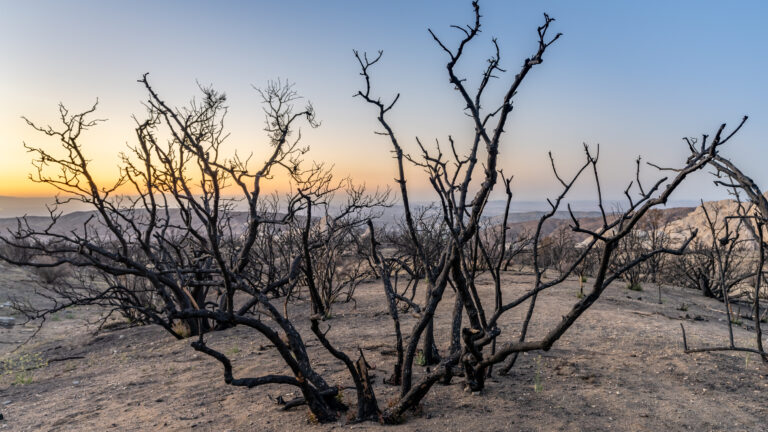A new study led by the University of California, Irvine (UCI) has found that greenhouse gases and aerosol pollution emitted by human activities are responsible for increases in the frequency, intensity and duration of droughts around the world.
In the study, Evidence of anthropogenic impacts on global drought frequency, duration, and intensity, scientists in UCI’s Department of Civil and Environmental Engineering showed that over the past century, the likelihood of stronger and more long-lasting dry spells grew in the Americas, the Mediterranean, western and southern Africa and eastern Asia.
“There has always been natural variability in drought events around the world, but our research shows the clear human influence on drying, specifically from anthropogenic aerosols, carbon dioxide and other greenhouse gases,” said lead author Felicia Chiang, who conducted the project as a UCI graduate student in civil and environmental engineering.
Chiang, who is now a postdoctoral scholar at NASA’s Goddard Institute for Space Studies, said that her team’s research demonstrated significant shifts in drought characteristics, such as frequency, duration and intensity, due to human influence, or what they call “anthropogenic forcing”.
The researchers used the recently released Coupled Model Intercomparison Project Phase 6 platform to run climate simulations showing how the length and strength of droughts changes under various scenarios including “natural-only” and with the addition of greenhouse gas and aerosol emissions.
The modeling experiments under natural-only conditions did not show regional changes in drought characteristics from the late 19th to late 20th centuries, according to the study. But when the team accounted for anthropogenic greenhouse gas and aerosol contributions, statistically significant increases occurred in drought hotspots in southern Europe, Central and South America, western and southern Africa and eastern Asia.
The team found that in examining the anthropogenic forcings separately, greenhouse gases had a bigger impact in the Mediterranean, Central America, the Amazon and southern Africa, while anthropogenic aerosols played a larger role in Northern Hemisphere monsoonal and sub-arctic regions.
This study was supported by NOAA’s Climate Program Office and relied on climate modeling software provided by the US Department of Energy.



